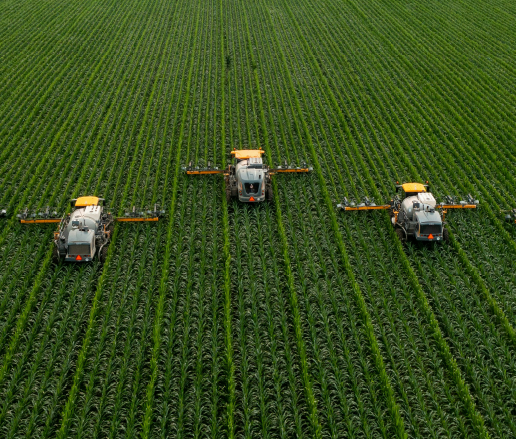by Webbing Team
Agriculture has changed a lot in the last decades. Just 50 years ago, one farmer could sustainably feed 25 people; today, that number has surged to over 150. However, to meet the growing demand of feeding over 10 billion people by 2050, the industry needs to continue to augment its production capacity.
IoT has been instrumental in the digital transformation of the agriculture industry. Much like in other verticals, here IoT devices provide better visibility into what’s happening in the fields and agriculture facilities. They are essential in obtaining real-time data that help make informed decisions about planting, growing and harvesting, increase yields and reduce waste.
In 2020, McKinsey expected five use cases to radically change agriculture by the end of the decade: smart-crop monitoring, drone farming, smart-livestock monitoring, autonomous-farming machinery and smart building and equipment management. All these use cases are based on usage of various connected IoT devices that help in monitoring, managing and maintaining assets and operations on the farm. And regardless of the type of devices used, cellular connectivity is critical to success of these scenarios, ensuring continuous coverage, stable connection and low latency.
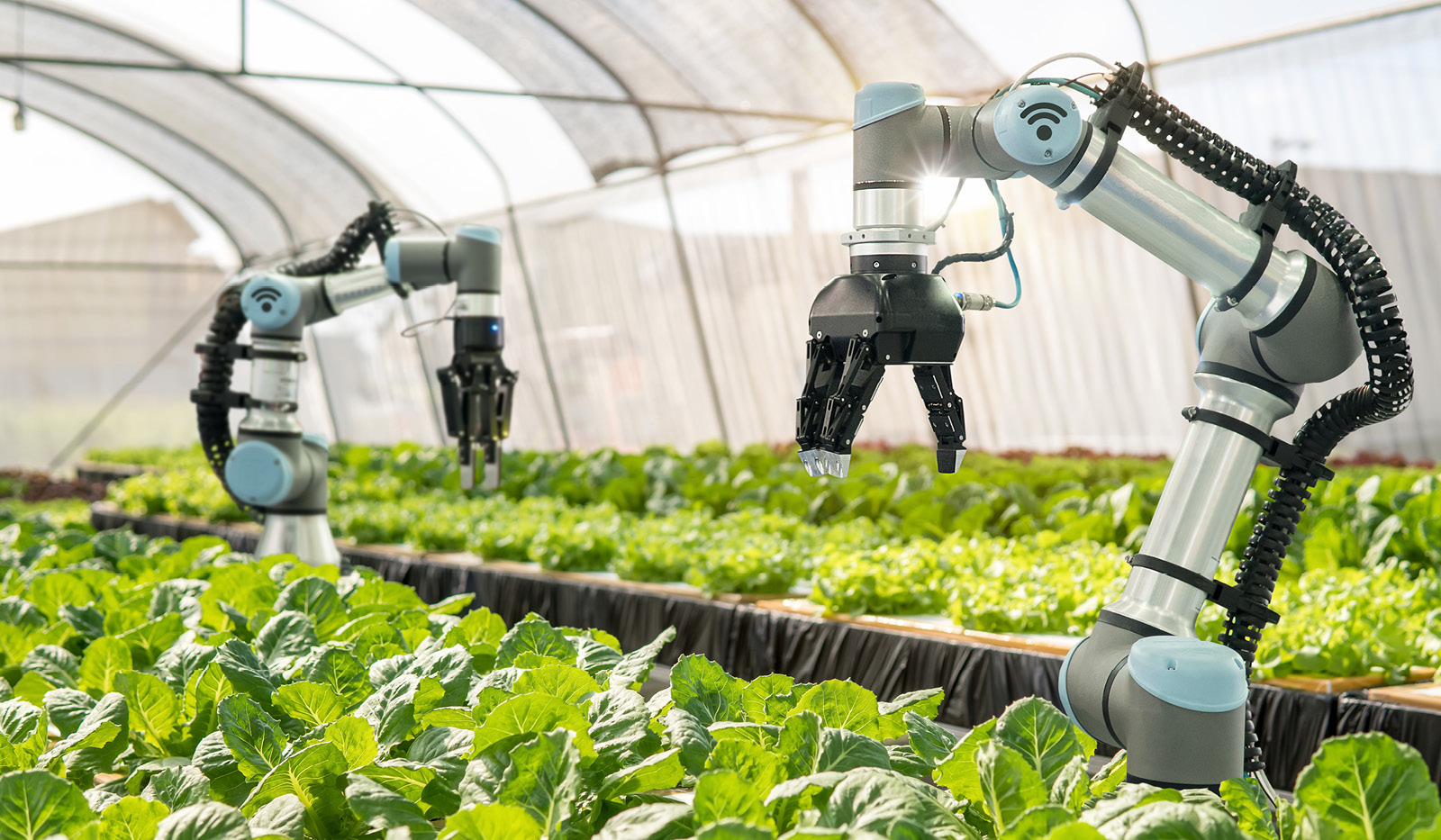
Precision Farming
The whole idea of precision farming is based on data: capturing and interpreting it to make farm operations more predictable and efficient. Dozens of various IoT sensors provide real-time data on temperature, wind speed, precipitation, and humidity, help track crops growth and health. Such monitoring allows farmers to reduce site-specific application of fertilizers, nitrogen and pesticides, resulting in reducing production cost by around 15% and increasing the yield by 15-20%. It can also help optimize the harvesting window.
Another important aspect is irrigation: with more than 70 percent of the planet’s fresh water used by agriculture and the population growing, it becomes crucial to reduce the amount of water required to support crops. IoT sensors can help by detecting leaks and providing information about soil moisture levels.
But transmitting data, remote crops monitoring, precision irrigation and application of fertilizers require connectivity. So do
The quality that makes cellular networks the best connectivity option for precision farming is their ubiquity. Crop fields are mainly located in rural areas with no fixed lines of communications, but more often than not they are covered by several mobile network operators.
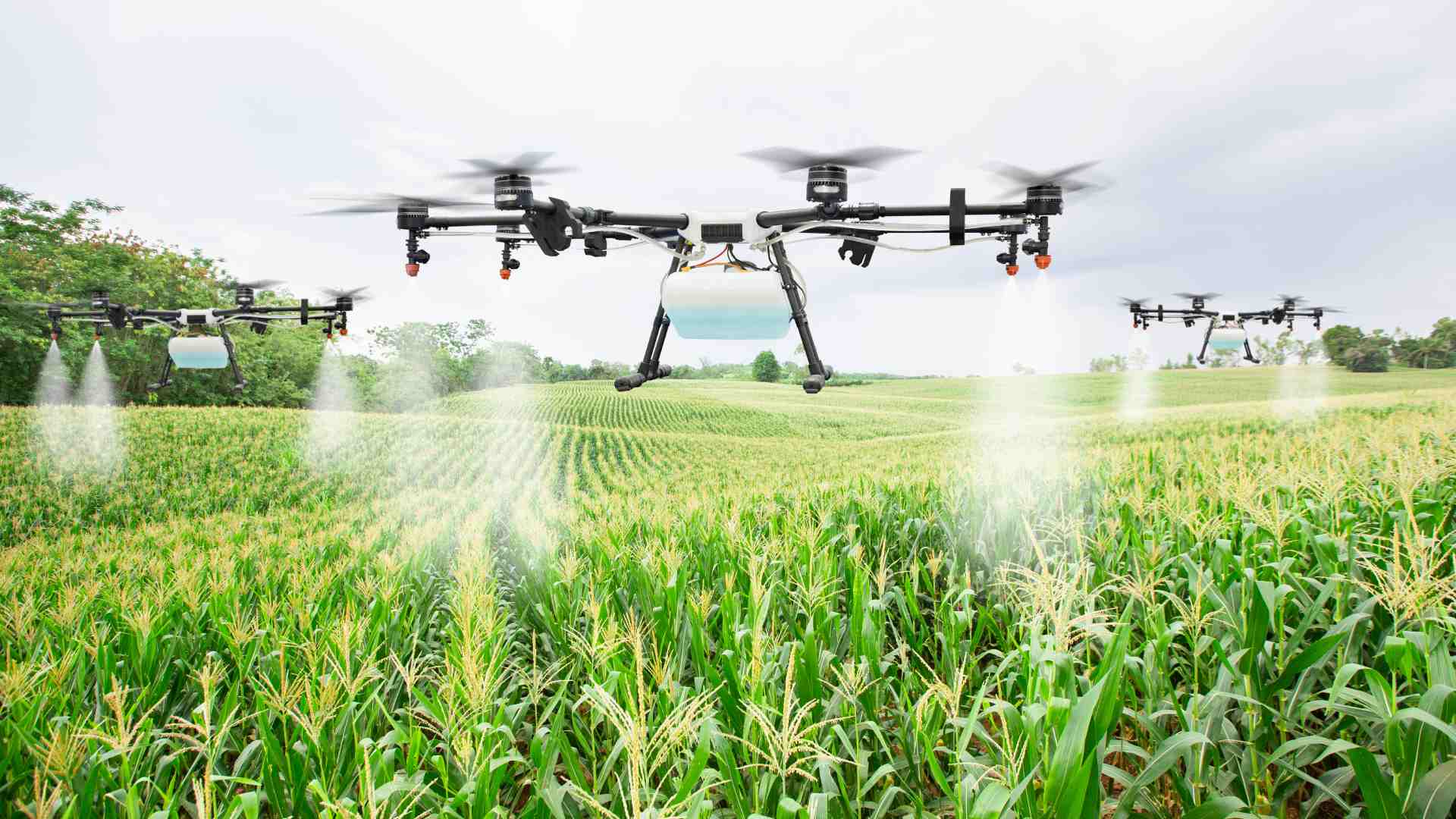
Drone Farming
Drones dramatically increase the ability to track the growth of crops and identify nutrient deficiencies. Because drones fly close to fields, cloud cover and poor light conditions matter less than when using satellite imaging, and accuracy is higher, too. They can be used to fight insects, weeds and diseases as well – today, 40% of spraying rice crops to protect them from pests in Japan and 30% of all pesticide spraying in South Korea is done by drones.
Drones also help in monitoring field conditions, planting and seeding, or providing an overview of farm operations to ensure they are running smoothly and to locate equipment being used.
Recently, other applications of drones usage in agriculture were on the news, such as drone pollination. With many bee species at risk of extinction, researchers all over the world are developing small drones that are capable of pollinating plants without damaging them. Some are already used for glasshouse pollination. The next step is to create autonomous pollinating drones that will work and monitor crop health without constant instruction from operators.
Drones’ command and control functions and other tasks are critically dependent on reliable coverage. However, cellular connectivity is good for drones not only because of coverage reasons: it allows for secure, fast and high-volume data transfers, making all usage scenarios for drones in agriculture viable literally anywhere.
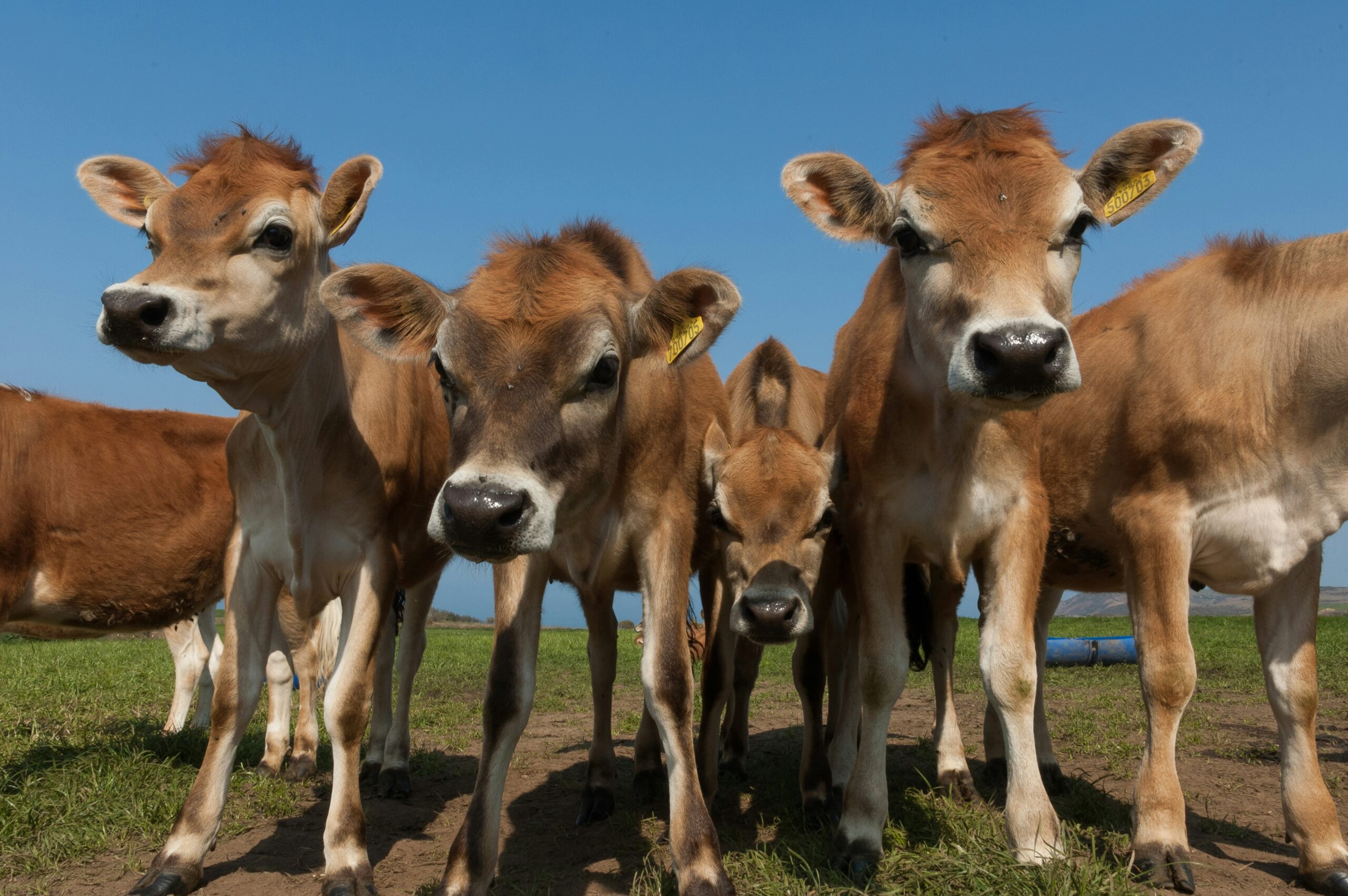
Livestock Monitoring
Various wearable devices help monitor livestock, including location trackers and health monitoring sensors. There are also connected IoT devices that can help automate the feeding process or geofencing scenarios to ensure that animals stay within certain zones.
By monitoring the location, temperature, blood pressure and heart rate of animals, and their social behavior, farmers gain insight into the health, wellbeing, and reproductive stage of each animal on their farms. All this allows for individualized feeding-and-care plans, aimed at detecting illnesses early and providing each animal with its optimal feed and medicine mix to maximize growth and optimize breed practices.
Taking into account the specifics of usage scenarios such as identifying grazing patterns and constantly moving animals, this type of monitoring needs stable connectivity and coverage. Moreover, in terms of connectivity this use case requires a solution that allows to quickly switch connected devices to a new network without any risk of losing quality of service.
Autonomous Machinery
The best example of agriculture machinery is a tractor, which is used for numerous jobs on a crop field. They can be either built autonomous, like John Deere’s 8R, or retrofitted with self-driving systems. These cellular-enabled systems can turn any tractor into an autonomous tool without investing in a new machine. It can help overcome two core problems facing farmers today: the growing scarcity of labor in rural areas and the increasing costs of machinery.
However, there are other types of autonomous agricultural machines, albeit less numerous, such as applicators. But what is maybe more important, there are also robots working on the farms. From weeding and mowing to picking fruits and vegetables, they gradually become as usual as drones.
Autonomous tractors and robots can’t work without stable connectivity with sufficient bandwidth. Since they also must move about the crop fields freely, cellular networks seem to be a perfect fit for them.
Smart Asset Management
With all equipment used in modern agriculture, prescriptive maintenance and real-time adjustments aimed at improving performance and extending useful lifecycle become more and more important. IoT sensors can monitor location of farm equipment, how it is performing and transmit that data via mobile connectivity to inform farmers in real time about how the equipment is being used, how much fuel the machines are consuming, and if there are any maintenance issues. Monitoring conditions and usage of buildings and equipment also has the potential to reduce energy consumption.
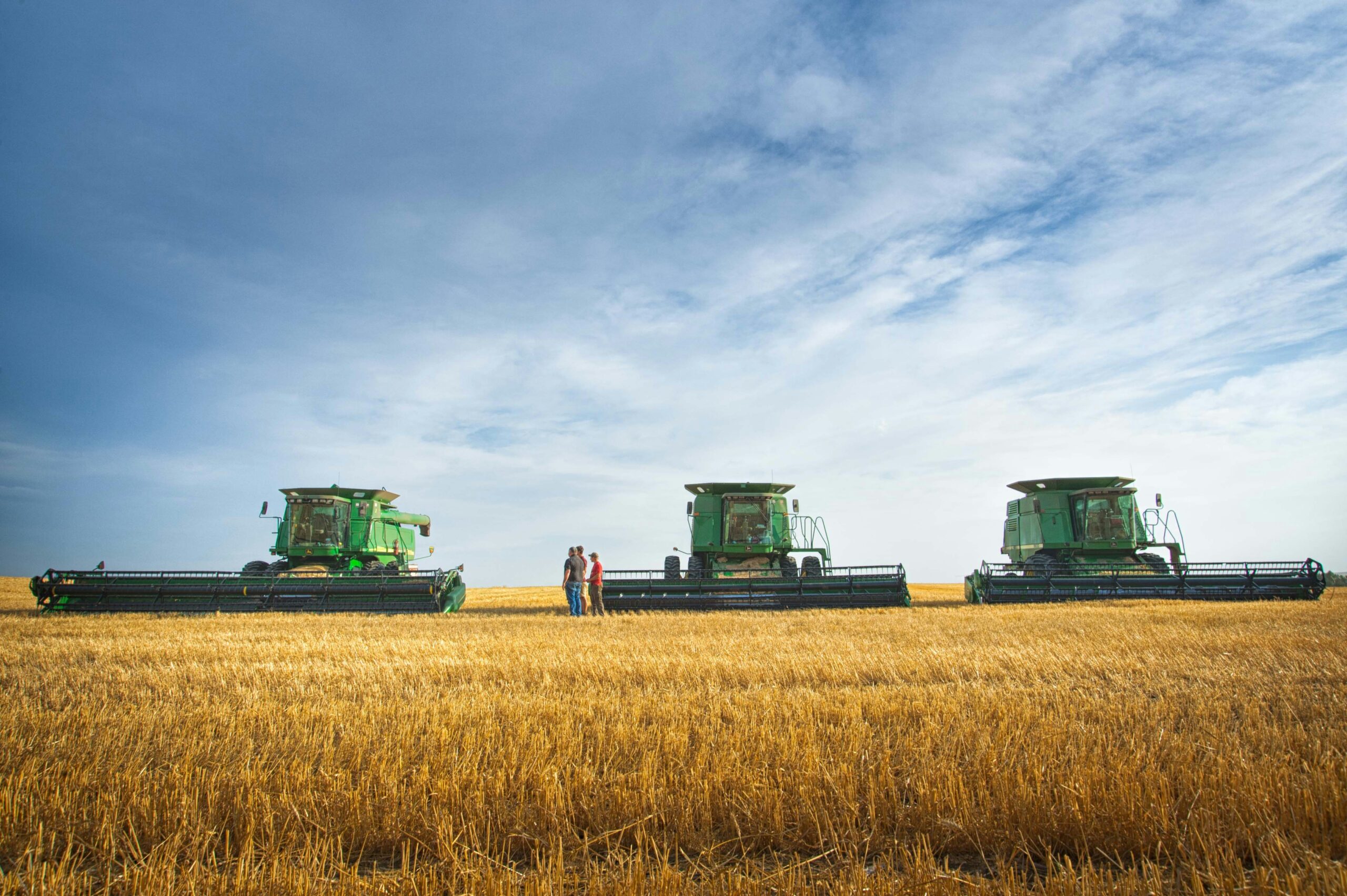
Connectivity Requirements
For each use case in agriculture, connectivity requirements would differ depending on location, equipment used and data to be transmitted, yet there are common demands that are important for most usage scenarios.
Coverage
Continuous coverage is one of the most critical factors for most agriculture use cases. Crops basically grow far from communications infrastructure, connectivity options are scarce, and cellular networks is the best choice for many reasons, including being more accessible, commercially reasonable, but first and foremost – providing coverage even in the countryside.
However, weak cellular range can be one of the biggest connectivity challenges in such areas. Each operator’s network inevitably has its weak spots, and losing connectivity is not only unacceptable in mission-critical use scenarios, but may be particularly dangerous in the case of a drone or an autonomous tractor.
Latency
Real-time decision capabilities that autonomous machinery and robots require are critically dependent on latency. Drones spraying pesticides demand control and navigation that can’t properly work with delays. In precision farming use cases, delays and errors in data transmission even from one of many sensors may affect the whole picture and lead to wrong decisions.
Cellular connection is a good option in that regard, but it’s important to remember that actual latency would depend not only on the type of connectivity, but also on the connectivity provider’s network architecture.
Device Management
Advanced device management capabilities that allow to remotely provision, manage, and monitor IoT devices are critical for all agriculture use cases. They are especially key because manually handling the devices that are deployed in the fields require far more workforce and time than an average farm has in place.
That includes features like OTA updates, diagnostics, device configuration, and security management. SIMs must be able to be activated and managed centrally and remotely, making it suitable for large-scale deployments of unmanned devices in any area.
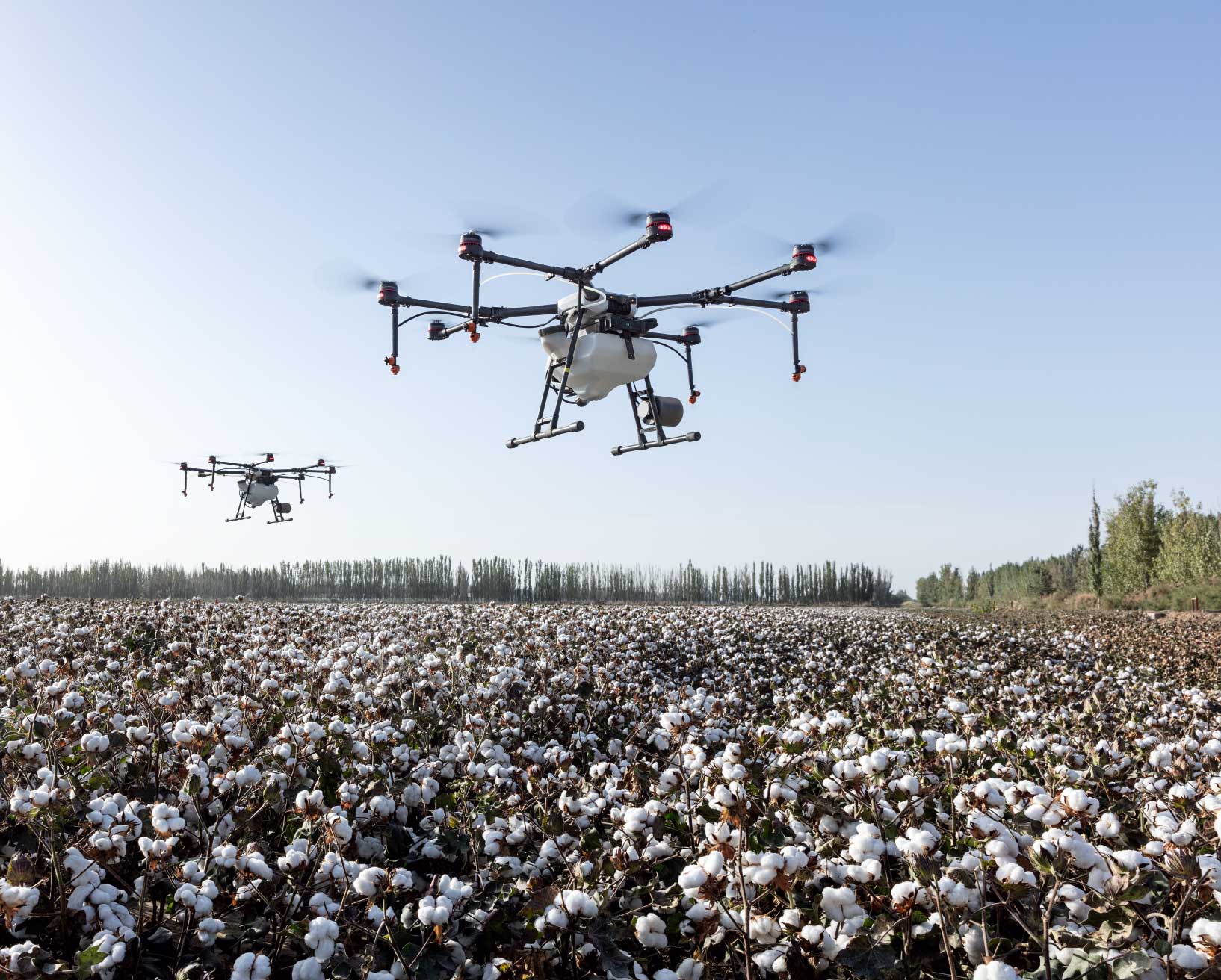
Webbing’s Solution
Webbing offers a connectivity solution that ensures global access to reliable and high-quality internet, with low latency and the best of class coverage. It provides secure and continuous internet connection, delivering a streamlined, centralized, and scalable means of monitoring crops, equipment and machinery on the farm.
Webbing’s distributed core network with local breakouts, multiple network solution, and data server redundancy can provide connectivity stability and low latency. Webbing’s partner network of over 600 mobile operators worldwide guarantees global coverage. It gives access to several carriers’ network at any location, solving the problem of weak spots that any mobile network may have and guarantees full coverage and continuous connectivity for all IoT devices.
Our eSIM solution ensures failover connectivity with the capability of using multiple mobile carrier profiles, easily changing carriers at any time with zero integration, and an option to fall back from a failing profile to a different profile without any need to communicate with a remote server. Webbing’s eSIM can be provisioned remotely and is aligned with the GSMA SGP.32 IoT eSIM specification, which means it will be fully compatible with the new standard when it becomes ubiquitous in the next few years.
Our solution provides the ability to easily and securely connect any IoT devices. Webbing also offers a centralized way to manage eSIMs throughout their lifecycle via a portal. It allows for defining business rules that govern the automatic profile swap process, enabling devices to change the carrier independently in case of location change or connectivity loss, and provides visibility to profile usage and network events. This helps manage connected devices in bulks and monitor data usage of each device.
A flexible approach to data packages allows us to tailor our connectivity offering for every customer based on the type of IoT devices used and their data consumption needs as well as the locations where the devices are deployed, aiming at overall optimization of the total cost of operations for the client.
Reach out to [email protected] to learn more about Webbing’s solutions.

